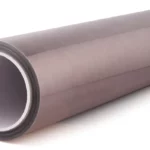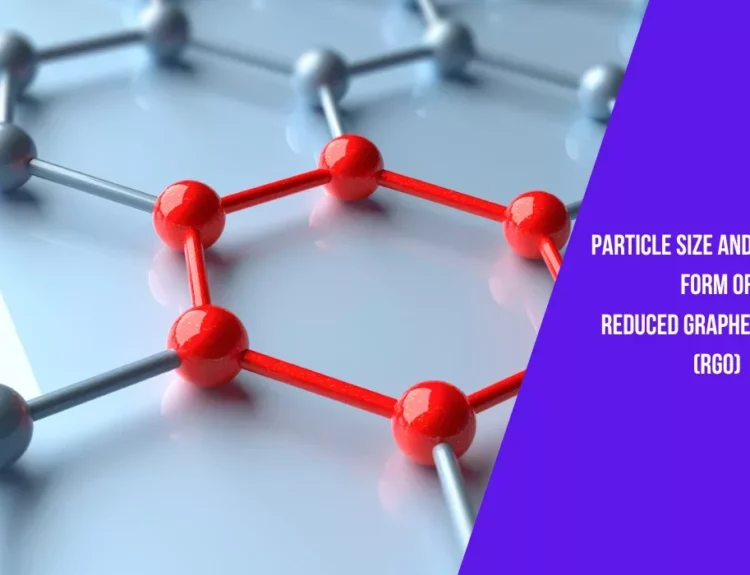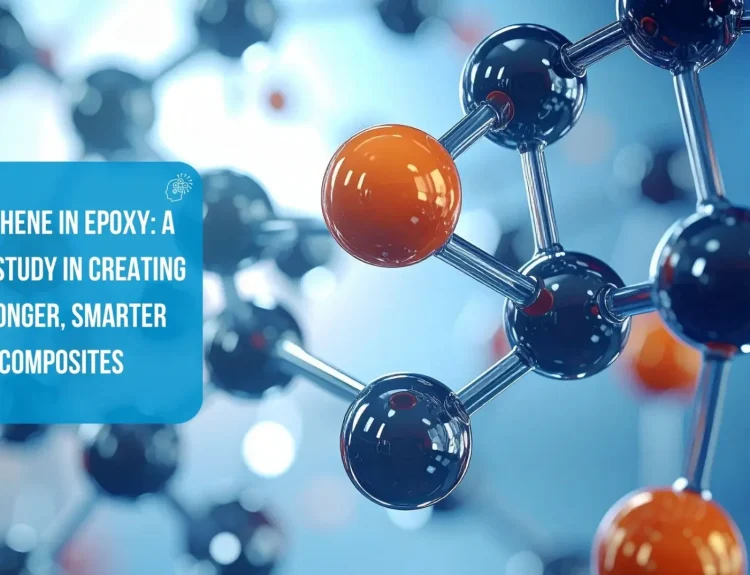Introduction:
In the world of materials, one extraordinary substance has been making waves: graphene. At the heart of graphene’s incredible properties lies its basic building block, the graphene sheet. Let’s embark on a journey to unravel the marvels of this simple yet astonishing structure.
What is Graphene?
Graphene is like a superhero among materials. It’s incredibly strong yet fragile – just one atom thick, to be exact. Picture it as a flat sheet of carbon atoms arranged in a honeycomb pattern, like a microscopic chicken wire. This arrangement gives graphene some mind-blowing properties, making it a game-changer in science and technology.
Properties of Graphene Sheets:
Despite its simplicity, graphene sheets possess a plethora of extraordinary properties:
- Super Strength: Pound for pound, graphene is more potent than steel. Its tightly packed carbon atoms form robust bonds, making it incredibly tough and resilient.
- Exceptional Conductivity: Graphene is an excellent conductor of electricity. Its carbon atoms allow electrons to move freely across its surface, making it ideal for applications where high conductivity is crucial.
- Ultrathin and Lightweight: As thin as a single atom, graphene is incredibly lightweight and flexible. It’s thinner than human hair yet stronger than any material.
- Transparency: Despite being a superb conductor, graphene is also transparent. It allows light to pass through easily, making it promising for applications in transparent electronics and flexible displays.
- Impermeability: Graphene sheets are impermeable to most gases and liquids. Their tight molecular structure creates a barrier that can block even the smallest molecules, making them potentially useful for applications in filtration and desalination.
Applications of Graphene Sheets:
Given their remarkable properties, graphene sheets have sparked immense interest in various fields:
- Electronics: Graphene’s high conductivity and transparency make it ideal for electronics, such as transparent conductive films for touchscreens, flexible displays, and ultrafast transistors for high-speed computing.
- Energy Storage: Graphene sheets are being explored for supercapacitors and batteries due to their large surface area and high electrical conductivity, which could lead to faster charging and longer-lasting energy storage devices.
- Aerospace: Graphene’s lightweight and strength make it attractive for use in aerospace applications, such as lightweight composites for aircraft and spacecraft components. This could potentially lead to more fuel-efficient and durable vehicles.
- Biomedical: Graphene sheets show promise in biomedical applications, including drug delivery systems, tissue engineering scaffolds, and biosensors, thanks to their biocompatibility and ability to interact with biological molecules.
Conclusion:
In conclusion, the graphene sheet may appear deceptively simple, but its extraordinary properties have captured the imagination of scientists and engineers worldwide. From revolutionizing electronics and energy storage to transforming aerospace and biomedical technologies, graphene continues to push the boundaries of what’s possible. As research advances and new applications emerge, the future holds boundless opportunities for harnessing the power of graphene to tackle some of humanity’s most pressing challenges.
To purchase Graphene, please follow the links.
1. Techinstro
2.Shilpent







